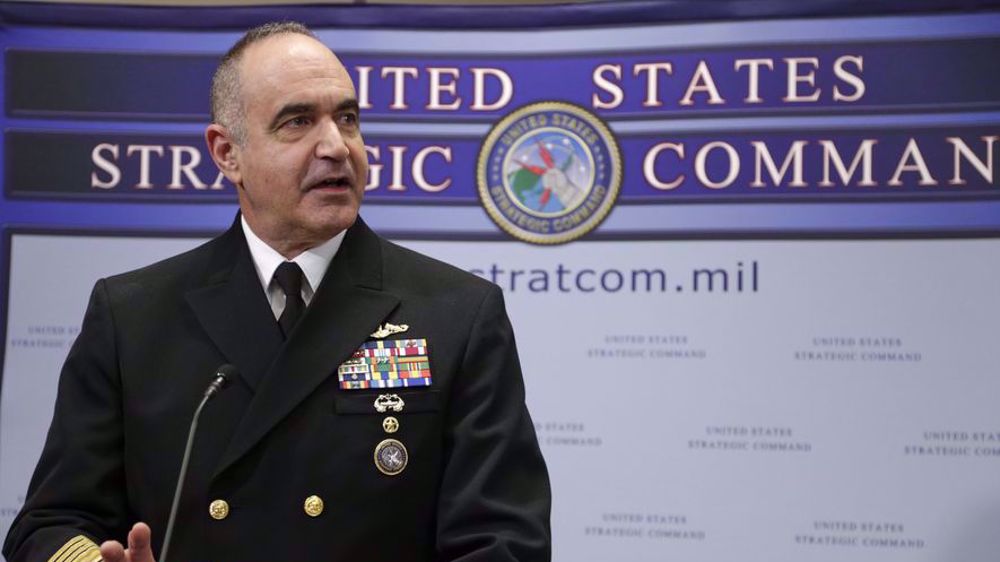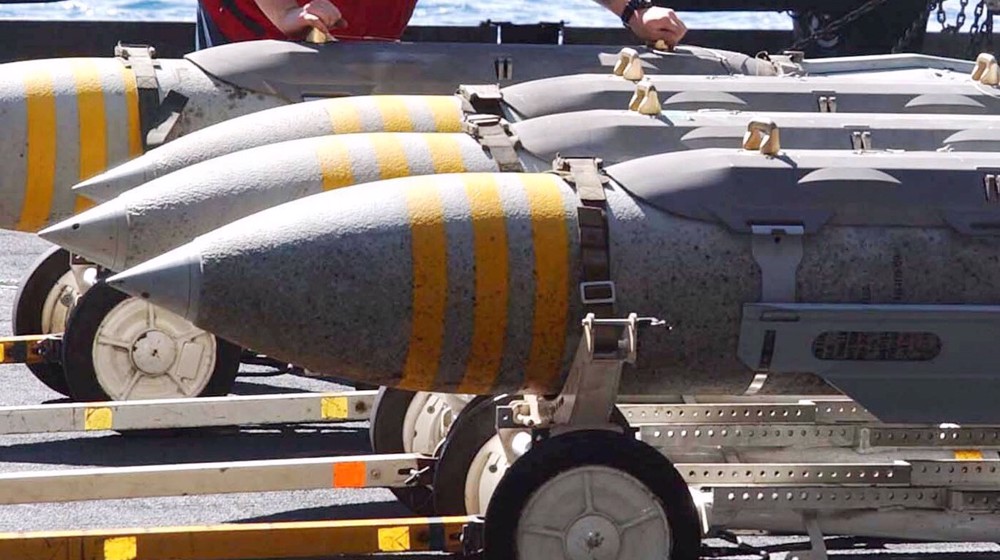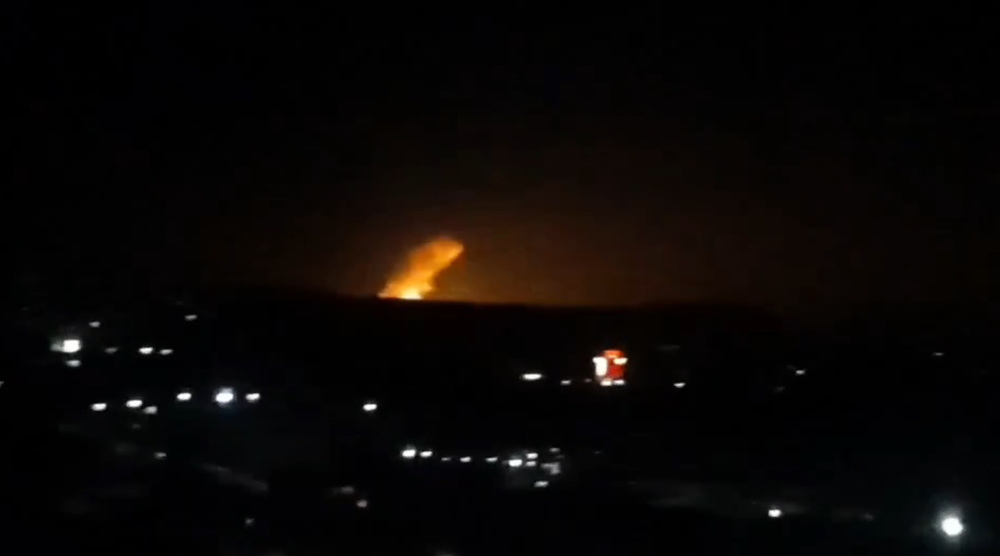US unveils $700 million B-21 nuclear stealth bomber
The US Air Force has unveiled its newest nuclear stealth bomber, the B-21, which is capable of carrying a nuclear payload and can be flown without a crew on board, amid heightened tensions between the United States and both China and Russia.
The next-generation stealth bomber, which according to the US media was designed with the competition with China and Russia in mind, could cost nearly US$700 million each and can carry nuclear and conventional weapons.
The first new bomber in 30 years could was rolled out at arms manufacturer Northrop Grumman’s facility in California during a military ceremony on Friday.
According to Northrop Grumman’s press release, the aircraft is expected to help the US Air Force “penetrate the toughest defenses for precision strikes anywhere in the world.”
A Northrop Grumman spokesperson said the US Air Force plans to buy at least 100 of the B-21 Raider aircraft.
US Defense Secretary Lloyd Austin said the stealth bomber was "a testament to America's enduring advantages in ingenuity and innovation.”
The Pentagon chief said the aircraft would offer significant advances over existing bombers in the American fleet, stating that "even the most sophisticated air defense systems will struggle to detect the B-21 in the sky.”
"Fifty years of advances in low-observable technology have gone into this aircraft," he boasted.
The unveiling of the new US Ari Force bombers comes at a time of heightened geopolitical tensions between the US, Russia and China.
The US Air Force has said that the new nuclear-capable stealth bomber will be “the backbone of the future Air Force bomber force,”
Russian and Chinese strategic bombers flew a joint eight-hour patrol over the western Pacific on Wednesday displaying the close military cooperation between the two powers.
China’s Defense Ministry called the maneuver a “routine” effort in bolstering defense ties with Russia.
Austin claimed, “America’s defense will always be rooted in deterring conflict. So, we are again making it plain to any potential foe: the risk and the cost of aggression far outweigh any conceivable gains. This is deterrence the American way.”
The Pentagon released its annual report last week on China, which said the Asian nation has doubled its number of nuclear warheads in a fraction of the time the US expected it to.
China could have roughly 1,500 nuclear warheads by 2038 – which are far less than what the United States possesses right now. The US maintained 5,550 nuclear warheads as of December 1 of this year.
But US military officials keep claiming that China will soon surpass Russia as the top nuclear threat to the United States, warning that the two nuclear powers have no mechanisms to avoid miscommunication.
They say, unlike Russia, Washington does not have any treaties or dialogue mechanism with China on the issue to "alleviate any misperceptions or confusion."The US and Russia remain the world’s largest holders and developers of nuclear weapons, followed by Britain, France, China, India, Pakistan, North Korea and the Israeli regime, which has not declared its possession of nuclear warheads but does not deny having them. The Israeli regime does not allow any international inspection of its nuclear facilities either.
Iran determined to boost ties with Kyrgyzstan: VP
VIDEO | Trump orders to investigate, deport pro-Palestinian foreign students and staff
Iran begins celebrations marking victory of Islamic Revolution
‘Multiple’ Israeli airstrikes hit Lebanon in breach of ceasefire
Official: Hamas will continue to administer Gaza as war 'over'
Six Israeli soldiers killed, injured as Jenin fights back onslaught
VIDEO | Anniversary of Hind Rajab's martyrdom
VIDEO | 'Friends of Palestine' demands suspension of Israel from UN bodies












 This makes it easy to access the Press TV website
This makes it easy to access the Press TV website